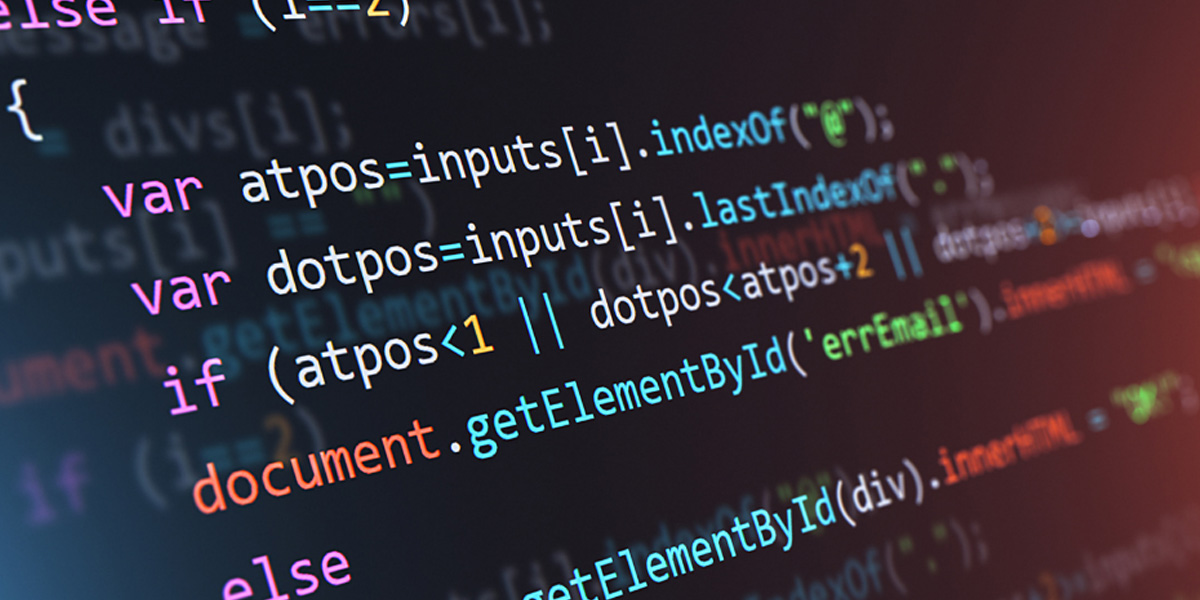Previously, development teams had to work manually by managing several unique processes. This way, the codes were not reproducible, and it was difficult to find the source of a coding problem. In addition, it was difficult to identify the problem element of a coding source.
Over the years, coding habits have changed, and it is now impossible to talk about software development without referring to continuous integration.
Development teams can now accelerate the implementation of their operations while ensuring easy-to-do updates. Thus, the risk of errors is reduced.
What is continuous integration?
Continuous integration is a development method in which all coding steps are noted and entered on a daily basis. Each integration is verified by various automated tests to identify potential errors.
The larger a project, the greater the risk of error, since developers have to work on several elements simultaneously. With continuous integration, team members must add their work to a shared repository, also called a “trunk”. Automated tools immediately flag potential errors, making it easier to make the necessary corrections.
In a large-scale project, it may take longer to find a problem somewhere in the previous steps than to complete the coding task itself. With automated testing performed with each change in the repository, the problem will be identified as soon as it occurs, and your team won’t be wasting valuable time on other coding that will have to be tweaked anyway.
Also, a coding that did not contain any error can become problematic when it interferes with another one containing some. Modifications can cause the malfunction of different steps and automated testing will be able to identify this type of conflict. The integration can then be resolved more easily.
The difference between CI and CD
Now that you’ve gotten the basics on continuous integration, let’s define continuous distribution.
CD is a more advanced step in the automation of a development project in which changes are tested automatically, but also tested in a production environment. Thus, coding errors are identified quickly, it is also possible to detect visibility and communication problems. The goal is to make potential problems identifiable as easy as possible.
Please note that continuous distribution is not the opposite of continuous integration, it is rather complementary. The CI / CD approach is therefore a high-level oversight in the application development process. It is possible to become familiar with continuous integration before deploying continuous distribution.
By automating the testing of your development projects, you will avoid wasting time looking for potential coding errors. If you process with complete verifications and check-ups, you will not encounter major problems, as you move forward with your project.
Focus on efficiency
In order to take full advantage of the continuous integration method, your project must be well planned. The steps in this method will force your team to work in an organized fashion. Developers should always work as a unit to minimize any errors they might encounter. The tasks must therefore be broken down into several small work segments which will then be distributed within the team. Your employees will save precious time and your operations will be done in a logical order. With the continuous integration method, your team will avoid encountering major problems caused by steps that interfere with previously performed tasks.
With the continuous integration method, every code will be tested automatically. An orchestrator is responsible for automating all the steps and managing the interference between each. This gives you quick feedback on coding efficiency and integration issues are resolved in real time. The checks are carried out after each modification in order to avoid regressions. Your projects are therefore less at risk of not being delivered at the right time. You avoid last minute problems.
On the other hand, the verifications that are carried out after each step are complementary to your basic documentation. Since unit tests are stored in a database, they are accessible in the event that a method is not understood. This information will correspond to your application.
Finally, continuous integration will help ensure the quality of your coding. Since unit tests will be carried out between each step, you will be assured of the reliability of the work. You will always have a good quality code that won’t present any malfunction caused by interference between your different codes.
Follow the progress of your project
Once your coding and your unit tests are completed, your application will be ready to be launched. Your compiled code will then be ready to deploy and your performance tests will probably be conclusive.
If your client comes back to you asking you to add items to the project by proposing an update to the application, you will then have the needed documentation of the steps plus all the information on the functionality of your coding. You will then be able to add content easily to your project by testing the new code related to the previous steps.
Increase your productivity
Be at the forefront of your development by making sure every step of your coding is functional. Continuous integration is a must in your code making and will allow your developers to tackle new projects without dwelling on issues that could have been avoided.
With the Nutcache management tool, keep in touch with your teams of developers at all times. Keep in mind that effective communication will ensure your success and thus increase your productivity. Take advantage of the different strategies offered by your 14-day free trial.







